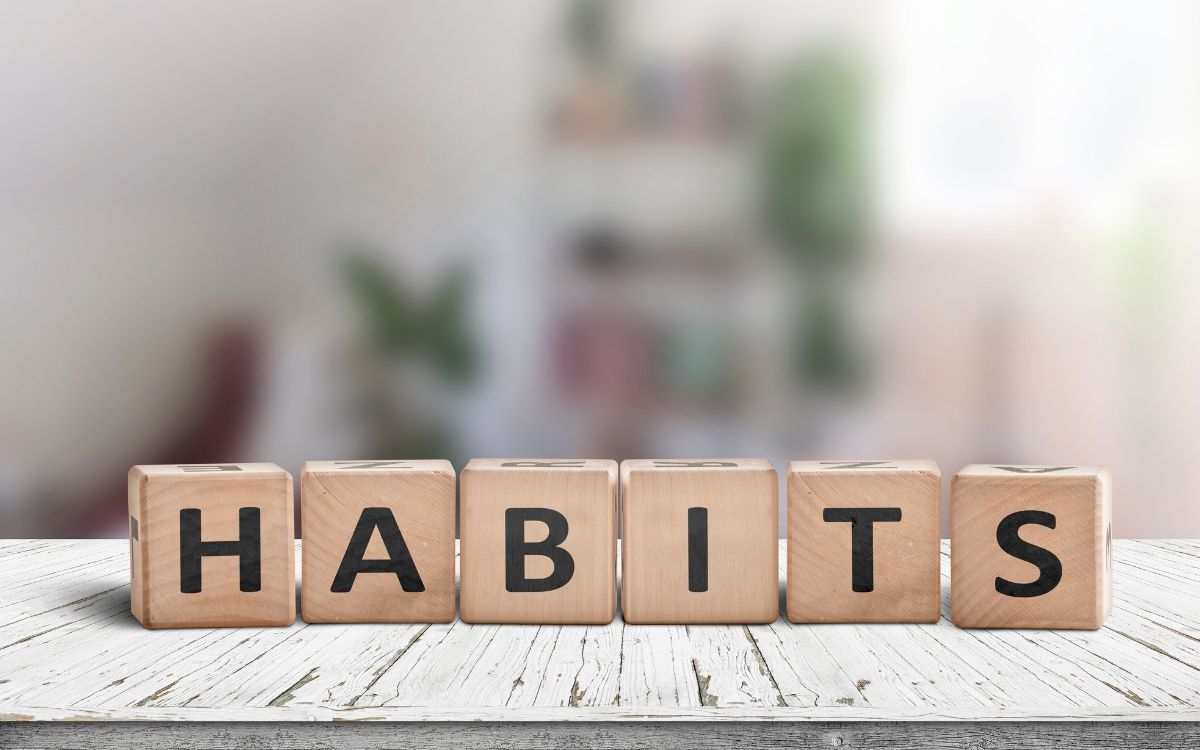Ah, multi-tasking—the beloved badge of honor in our fast-paced, hustle-driven world.
We wear it like a superhero cape, proud of our ability to juggle ten things at once, like an over-caffeinated octopus. But what if I told you that this cape is a little frayed at the edges? What if, instead of soaring through your to-do list, you’re actually stumbling over your own feet? Brace yourself: your brain is not a multi-tasking marvel, and there’s a pile of science to prove it.
The Myth of Multi-Tasking: Why Your Brain Isn’t a Circus Performer
Let’s start with some myth-busting. Multi-tasking sounds impressive, right? The very word suggests that you’re getting twice, maybe even thrice, as much done in half the time. But here’s the deal: the human brain is not designed to handle multiple complex tasks at once. What we’re actually doing is something called “task switching.” Yes, we’re not multi-tasking; we’re rapidly switching from one task to another, like a frenzied game of mental hopscotch.
And just like in hopscotch, you’re bound to trip up eventually. Research from Stanford University shows that multi-taskers are less effective at filtering out irrelevant information and are slower at switching from one task to another. So much for that superpower, huh?
The Downside of Trying to Do It All: Lower IQ, Less Focus, and More Stress
If you’ve ever felt a little, well, dumb after a bout of multi-tasking, you’re not alone—and you’re not imagining it. A study from the University of London found that multi-tasking can lower your IQ to the same degree as missing a night’s sleep. Yes, you read that right. Just because you’ve got your hands in multiple pots doesn’t mean you’re cooking up something brilliant.
And let’s talk about attention span for a moment. Remember when you could sit through a movie without checking your phone every five minutes? Multi-tasking has been shown to shorten our attention span, making it harder to focus on one thing for any length of time. In fact, the American Psychological Association estimates that task switching can cost you up to 40% of your productive time. Imagine throwing nearly half your day in the bin. Not so productive now, is it?
Then there’s the toll on your mental health. Constantly bouncing between tasks can raise your stress levels, as your brain is forced to recalibrate and refocus repeatedly. It’s like being stuck in a revolving door—dizzying and frustrating. Studies even show that multi-tasking can increase the production of cortisol, the stress hormone, which means that trying to do it all could actually be doing you in.
Mono-Tasking: The Case for Doing Just One Thing (And Doing It Well)
Alright, so if multi-tasking isn’t the answer, what is? Enter mono-tasking, the much cooler, calmer sibling. Mono-tasking—or as I like to call it, “doing one thing at a time like a sane person”—is all about focusing deeply on a single task until it’s complete. No flitting about. No distractions. Just you, your task, and a glorious, uninterrupted flow of productivity.
Why does mono-tasking work? For starters, it allows you to enter a state of “deep work,” a term coined by Cal Newport in his book of the same name. Deep work is the ability to focus without distraction on a cognitively demanding task, and it’s where the magic happens. When you’re deeply focused, you’re not just working faster; you’re working better. You’re producing higher-quality work because you’re giving it your full, undivided attention.
Mono-tasking also helps reduce errors. When you’re juggling multiple tasks, it’s easy for things to slip through the cracks. But when you’re mono-tasking, you’re more likely to catch mistakes before they become problems. And let’s not forget the satisfaction of actually finishing something before moving on to the next shiny object. It’s a feeling that multi-tasking can never give you.
How to Make the Switch from Multi-Tasking to Mono-Tasking (Without Losing Your Mind)
Ready to ditch the multi-tasking myth and embrace the mono-tasking lifestyle? Here are a few tips to get you started:
- Time Blocking and Task Management: Block out specific times in your day for focused work on a single task. Try techniques like the Pomodoro Technique, which involves working for 25 minutes, then taking a 5-minute break. It’s like sprinting in a marathon—short bursts of intense focus with time to recover.
- Mindfulness and Awareness: Stay present in the moment. When you catch yourself wandering into multi-tasking territory, gently bring yourself back to the task at hand. Mindfulness meditation can also help strengthen your focus over time.
- Prioritization and Planning: Not all tasks are created equal. Identify your most important tasks and tackle them first. This way, even if your day goes off the rails (as it often does), you’ve accomplished what matters most.
Conclusion: Let’s Reframe Productivity in a Mono-Tasking World
So, there you have it. Multi-tasking isn’t the superpower we thought it was. It’s more like a sneaky saboteur, quietly eroding your focus, productivity, and sanity. Mono-tasking, on the other hand, offers a path to greater productivity, less stress, and more satisfaction. It’s time to ditch the myth of multi-tasking and embrace the power of doing one thing at a time. Trust me, your brain—and your to-do list—will thank you.
Now go forth, mono-task like a master, and watch your productivity soar.
References and Further Reading:
- “Why Multi-Tasking is Worse Than a Lie” – Stanford University Study
- “Deep Work: Rules for Focused Success in a Distracted World” by Cal Newport
- “Cognitive Costs of Multitasking” – American Psychological Association


